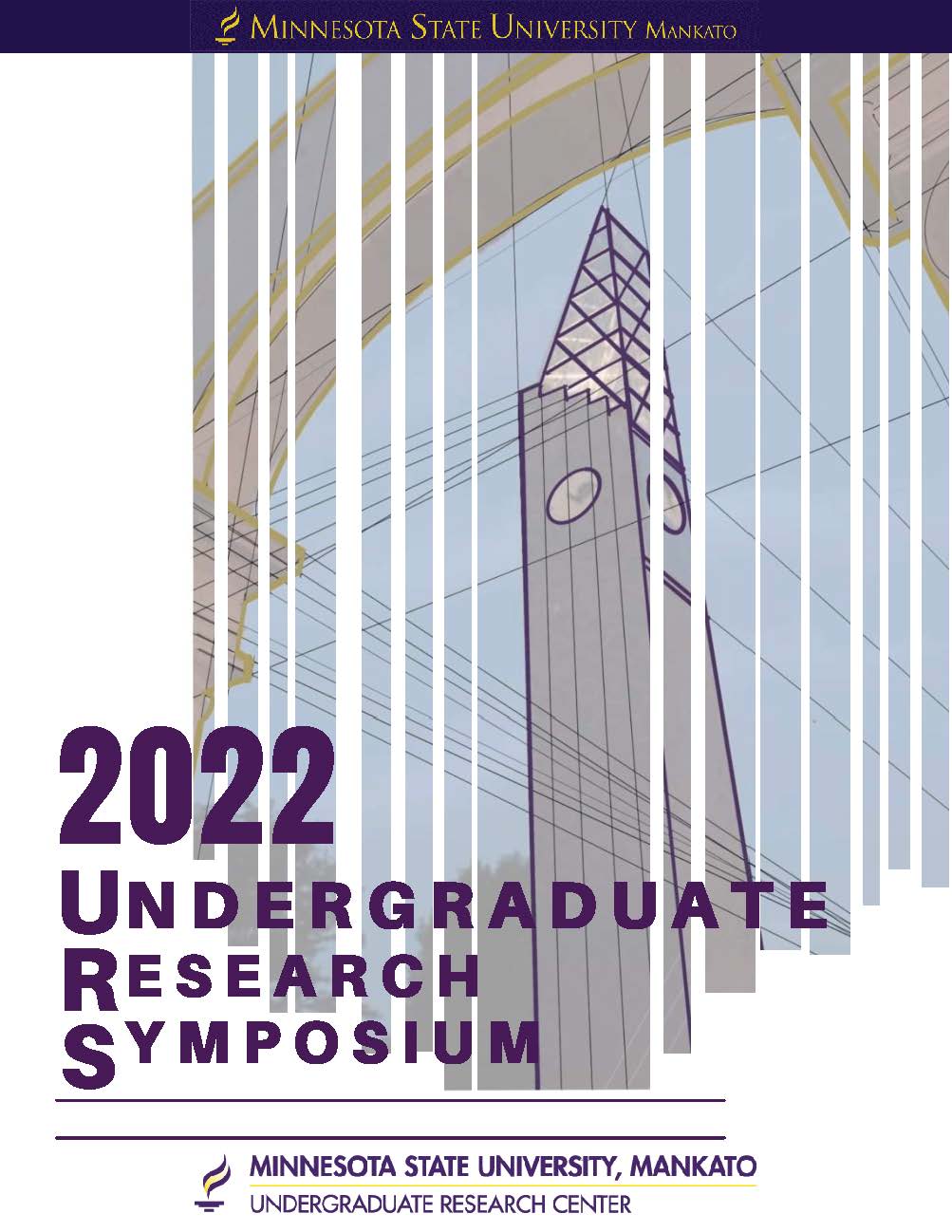OSL and Mound Dating: Exploring the Use of Optically Stimulated Luminescence Dating to Establish the Chronology of a Native American Burial Mound at the Kiwanis Site
Location
CSU 255
Start Date
12-4-2022 2:30 PM
End Date
12-4-2022 3:30 PM
Student's Major
Anthropology
Student's College
Social and Behavioral Sciences
Mentor's Name
Ronald Schirmer
Mentor's Department
Anthropology
Mentor's College
Social and Behavioral Sciences
Description
Currently, there are no good and legal ways to accurately date Native American burial mounds. This project aims to investigate whether it is possible to extract viable samples for Optically Stimulated Luminescence (OSL) dating from burial mounds, using the Kiwanis site, in Eastern Wisconsin, to test out the method. Using OSL to date burial mounds has only been attempted a handful of times before, the previous attempts being met with limited success and degrees of uncertainty. This project differs in that it attempts to avoid the uncertainties in the previous work by using a different approach, using geophysical data to intentionally sample the floor of the mound, instead of the fill, and aims to extract core samples specifically intended for performing single-grain OSL dating, for a higher degree of accuracy. Using existing Ground Penetrating Radar (GPR) data from a mound at the Kiwanis site, we hope to pinpoint where we can safely extract core samples from the floor of the mound, as opposed to testing the fill used in the mound’s construction, without encountering human remains, and make use of this information to attempt the extraction of core samples for later OSL dating.
OSL and Mound Dating: Exploring the Use of Optically Stimulated Luminescence Dating to Establish the Chronology of a Native American Burial Mound at the Kiwanis Site
CSU 255
Currently, there are no good and legal ways to accurately date Native American burial mounds. This project aims to investigate whether it is possible to extract viable samples for Optically Stimulated Luminescence (OSL) dating from burial mounds, using the Kiwanis site, in Eastern Wisconsin, to test out the method. Using OSL to date burial mounds has only been attempted a handful of times before, the previous attempts being met with limited success and degrees of uncertainty. This project differs in that it attempts to avoid the uncertainties in the previous work by using a different approach, using geophysical data to intentionally sample the floor of the mound, instead of the fill, and aims to extract core samples specifically intended for performing single-grain OSL dating, for a higher degree of accuracy. Using existing Ground Penetrating Radar (GPR) data from a mound at the Kiwanis site, we hope to pinpoint where we can safely extract core samples from the floor of the mound, as opposed to testing the fill used in the mound’s construction, without encountering human remains, and make use of this information to attempt the extraction of core samples for later OSL dating.
Recommended Citation
Vold, Marius. "OSL and Mound Dating: Exploring the Use of Optically Stimulated Luminescence Dating to Establish the Chronology of a Native American Burial Mound at the Kiwanis Site." Undergraduate Research Symposium, Mankato, MN, April 12, 2022.
https://cornerstone.lib.mnsu.edu/urs/2022/oral-session-06/1



